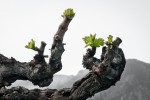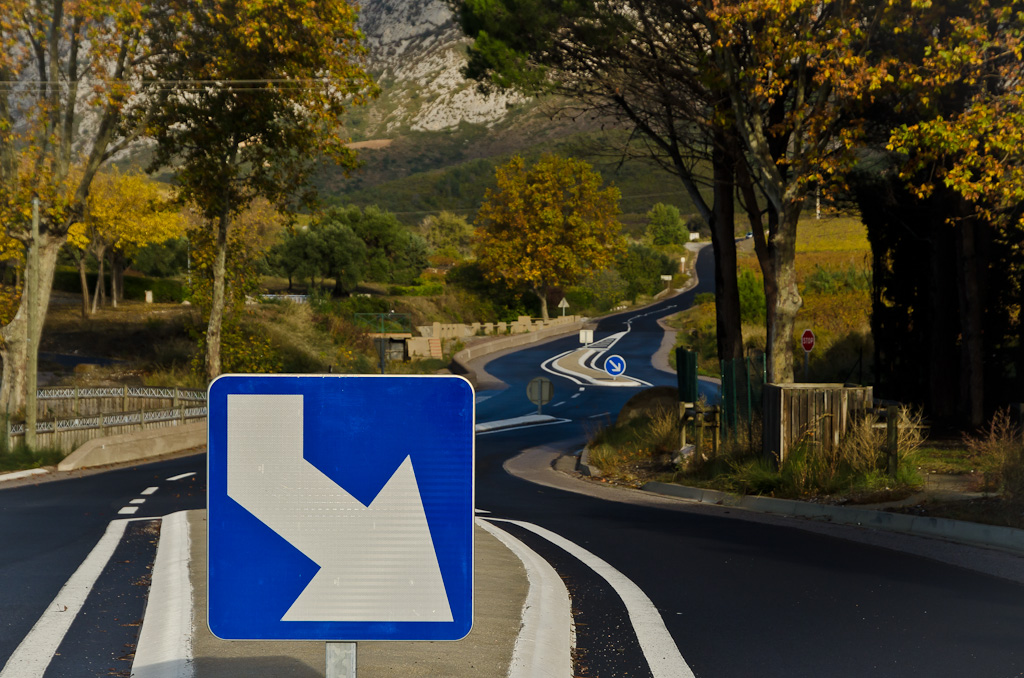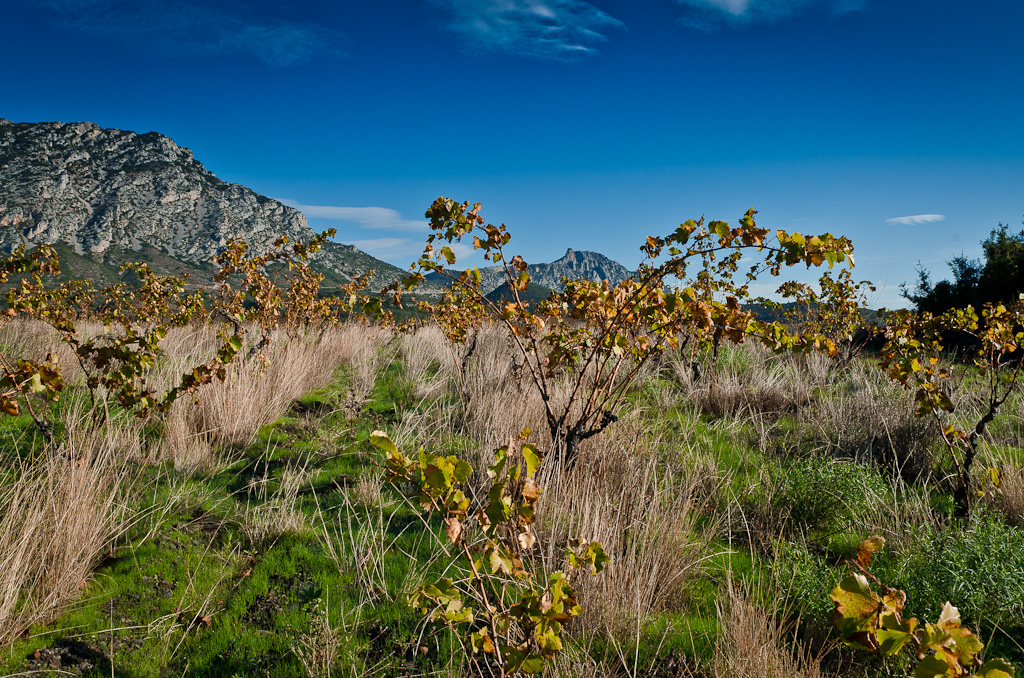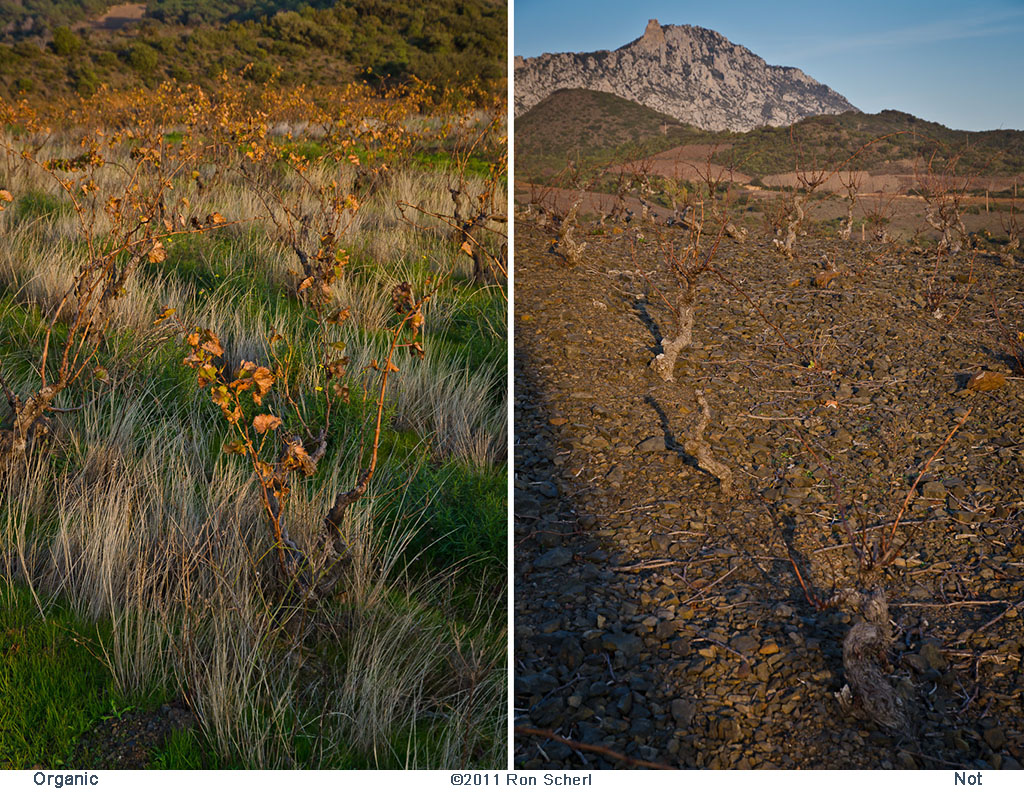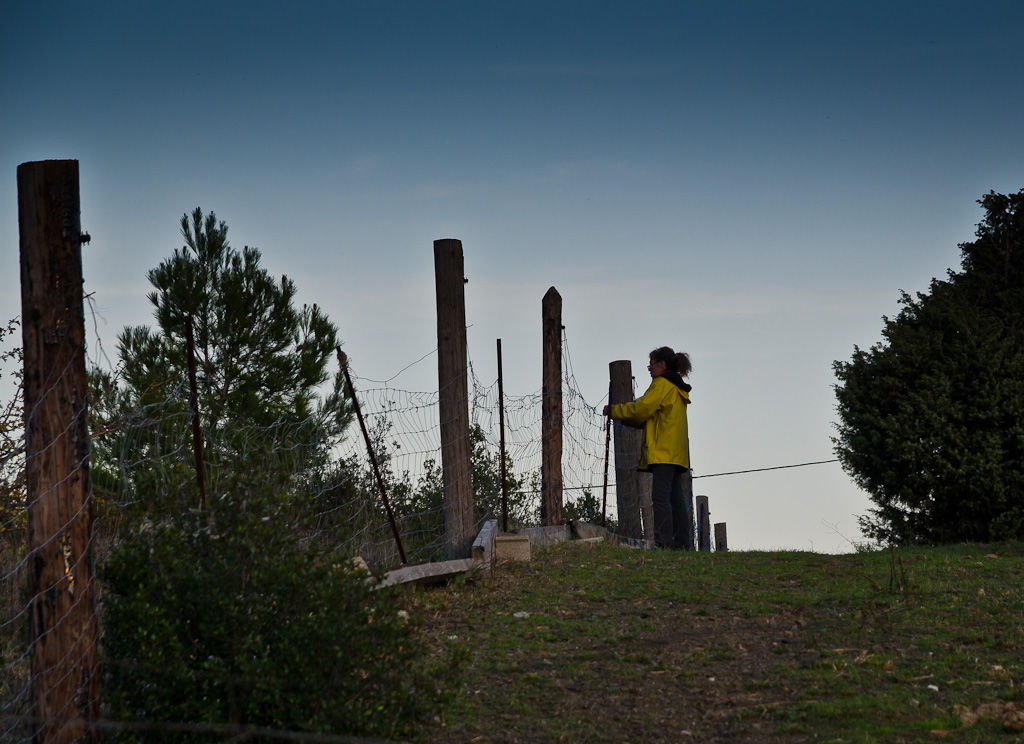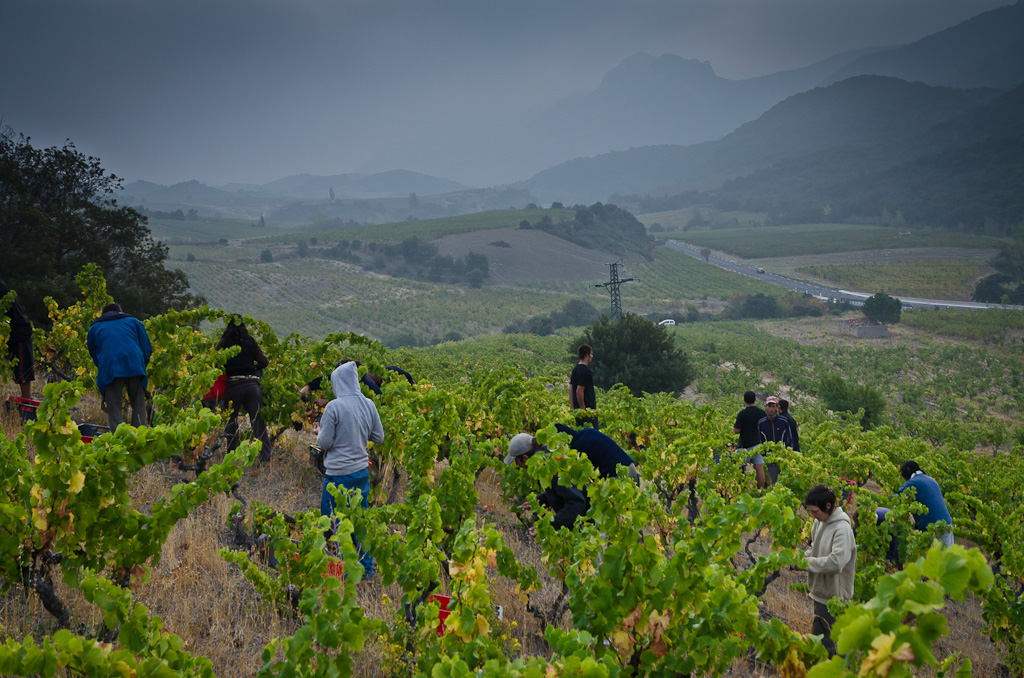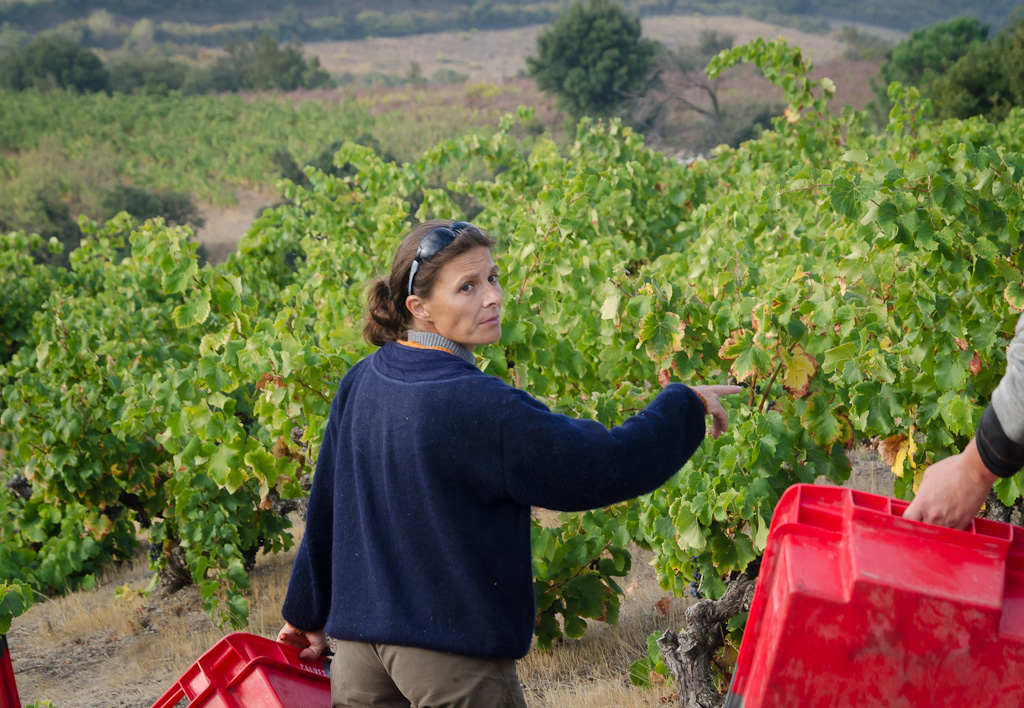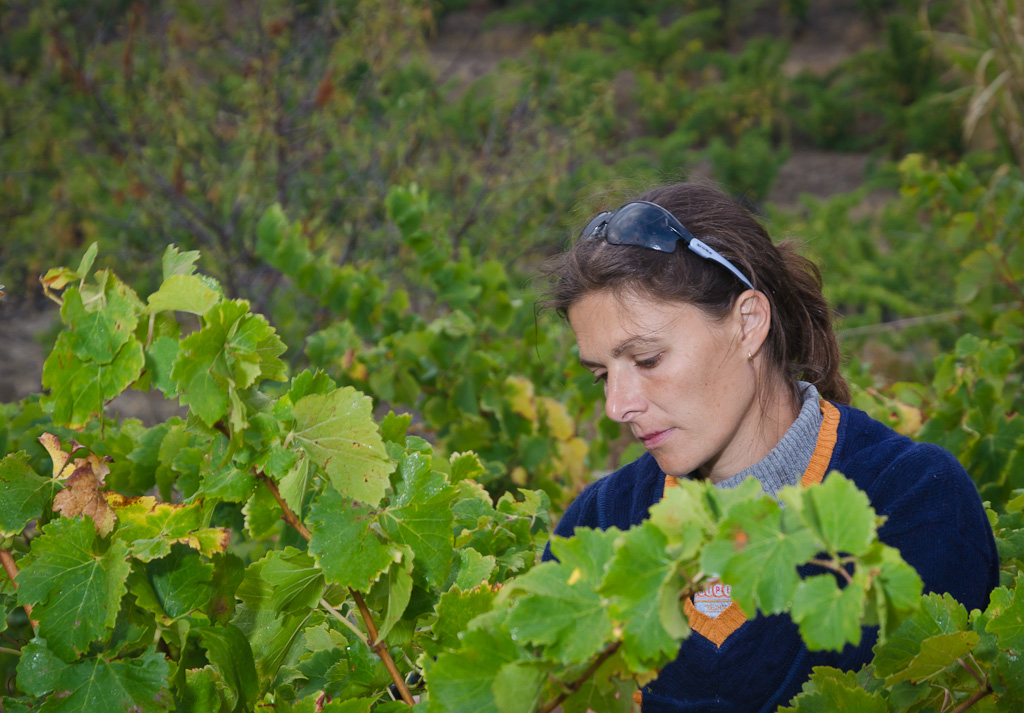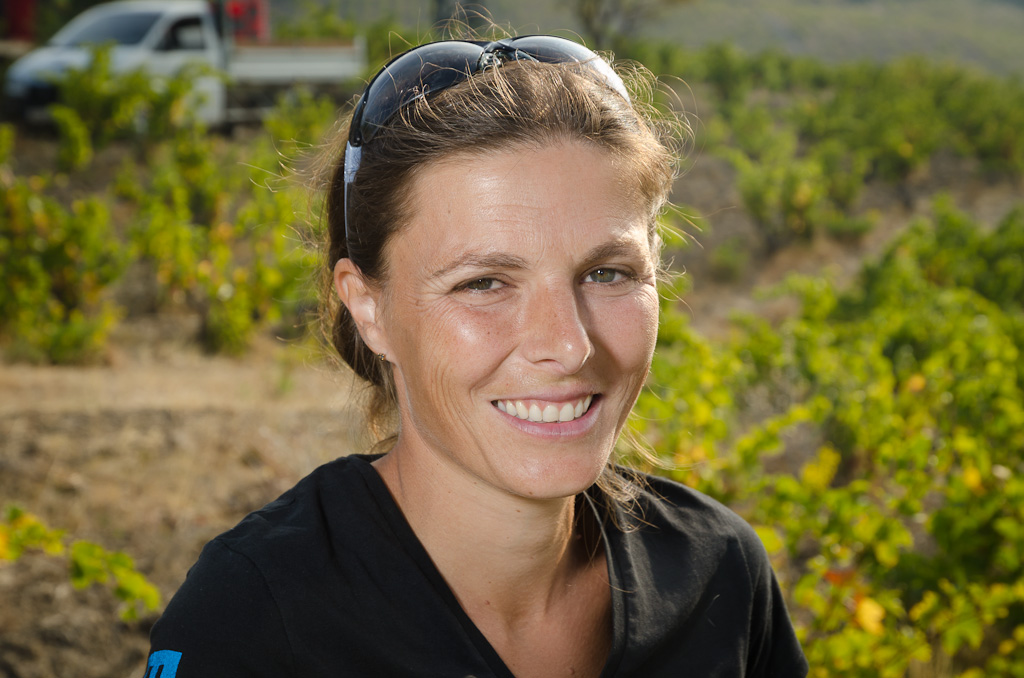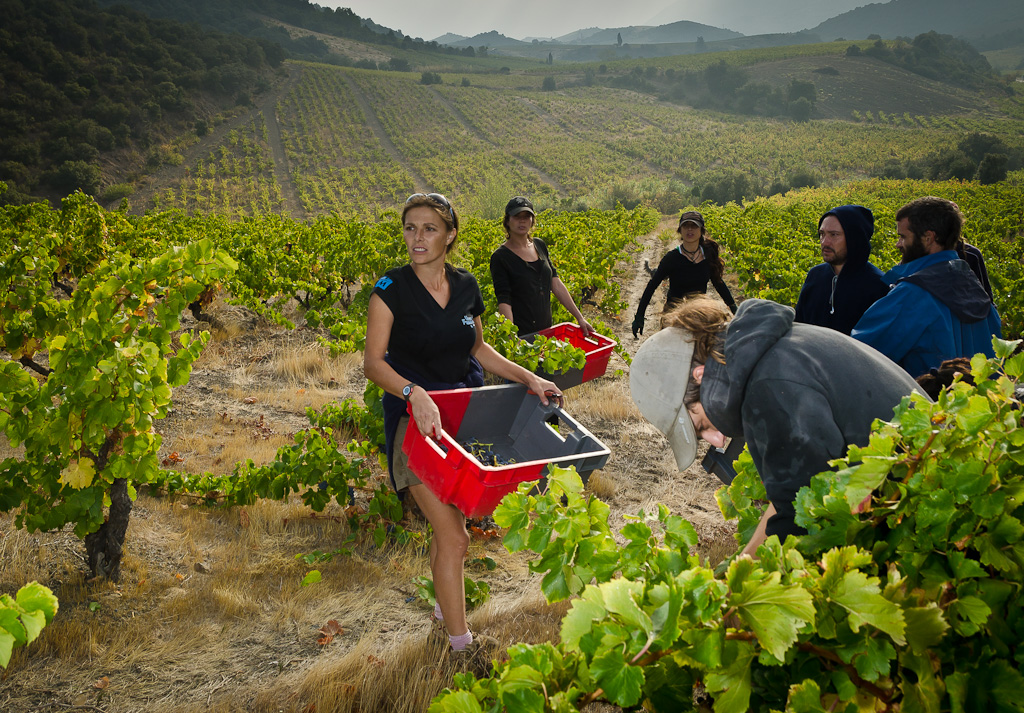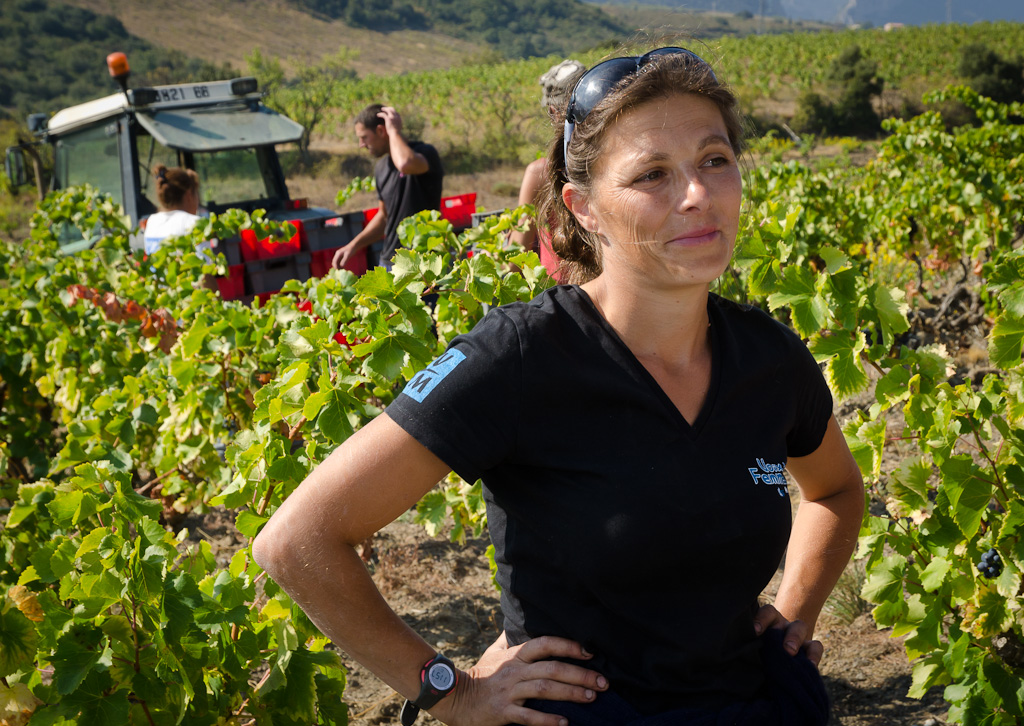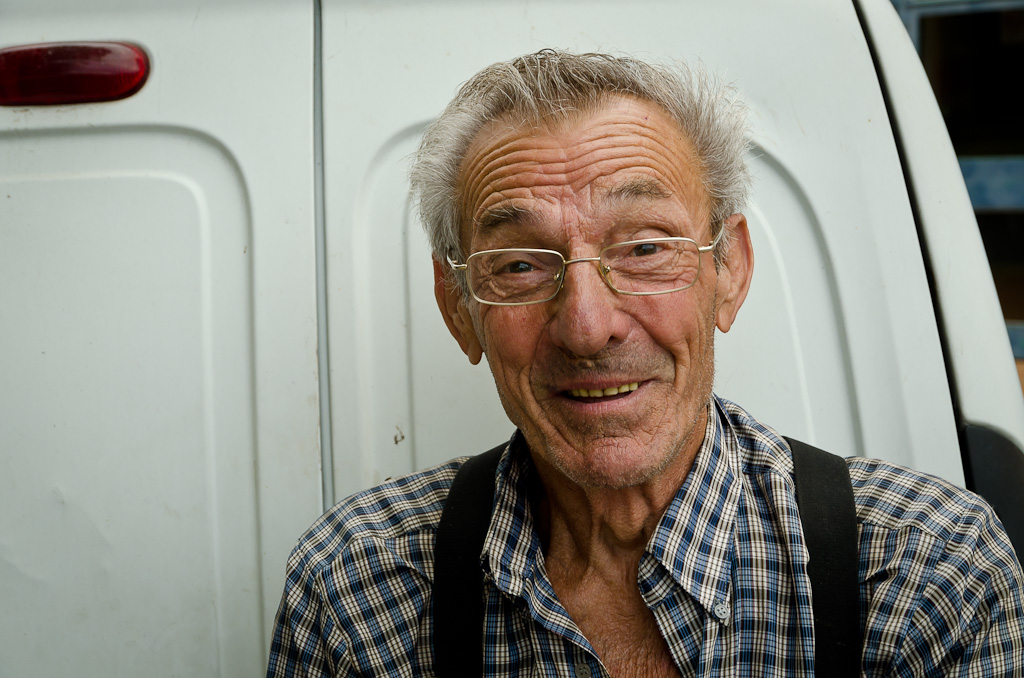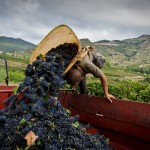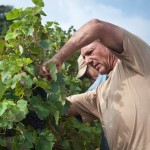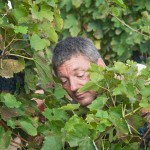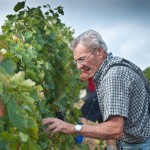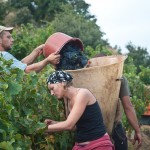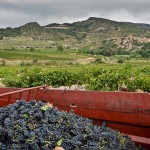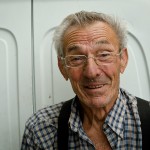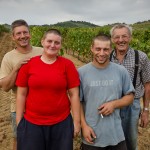My friend Nick thinks there’s something operatic about the costumed demonstrators and the elusive florist and he’s right of course. The Perpignan parade could well have been the Parpignol parade that opens Act II of La Boheme and flower girl = seamstress, why not? Let’s hope she can keep her hands warm without me and her health holds up. It was unintentional but I guess spending 20 years in an opera house has a lasting effect that sometimes finds it’s way online because I’m the boss of this blog and there is no editor to reel me in. If you’ve been with me for a while, you already know that.
So, no need to worry. Our florist, who from now on shall be known as Mimi should be fine. It’s warm, it’s spring, there’s lunch on the terrace, fresh rosé to drink and the vines are budding. And that’s really what this post is about.
This journey began at the last harvest and we’ve now come to the beginning of the next. I’d love this vineyard year, nature’s cycle stuff if I hadn’t had so many birthdays but it is important here, as in any farming community, as you begin to understand how people are tied to the land. Obvious I know, but I’m a city kid and never really thought much about this before. And do I have to tell you again; I’m doing this without an editor (just like most newspapers nowadays.)
Budbreak is one of the milestones and it’s like OK, there’ll be wine again next year and we can gear up for the tourist season and a series of festivals: chocolate this month, wine and food in May, the Voix de Femmes music festival in June and outdoor art in July. There’s a pottery market early in August and then a deep breath until the harvest begins again.
There you have it. While you’re grappling with the idea that I just wrapped up an entire year in one paragraph, have a look at the budbreak photos. They’re pretty.
A click on the thumb brings a larger image.


